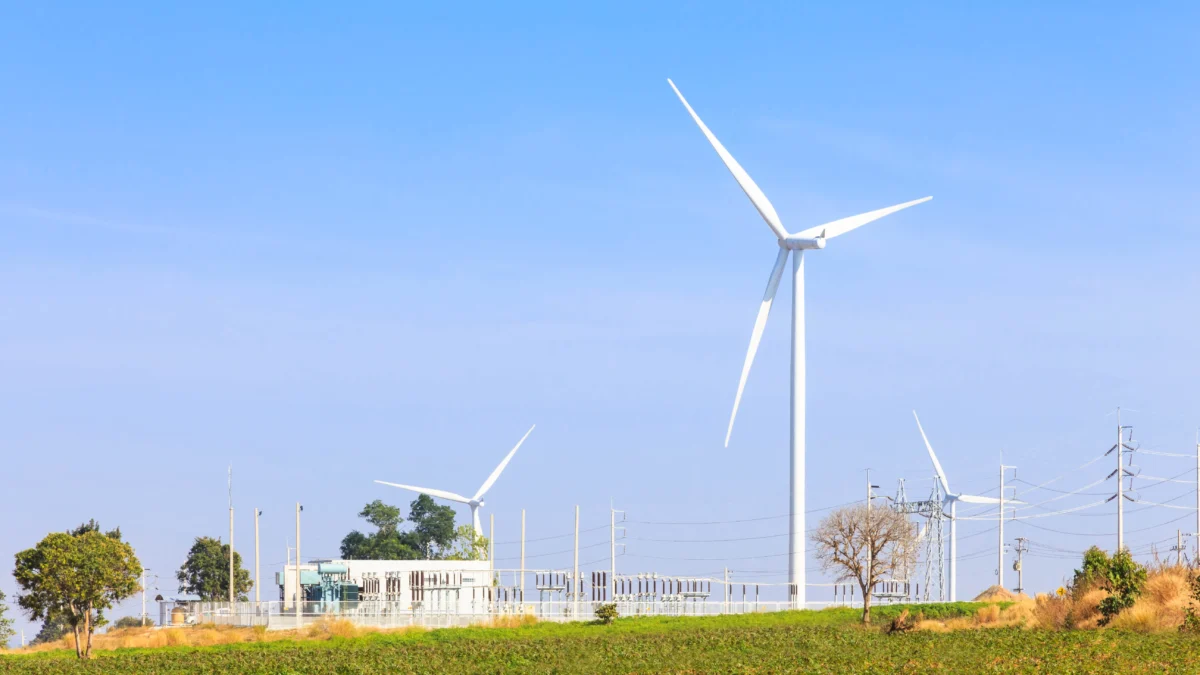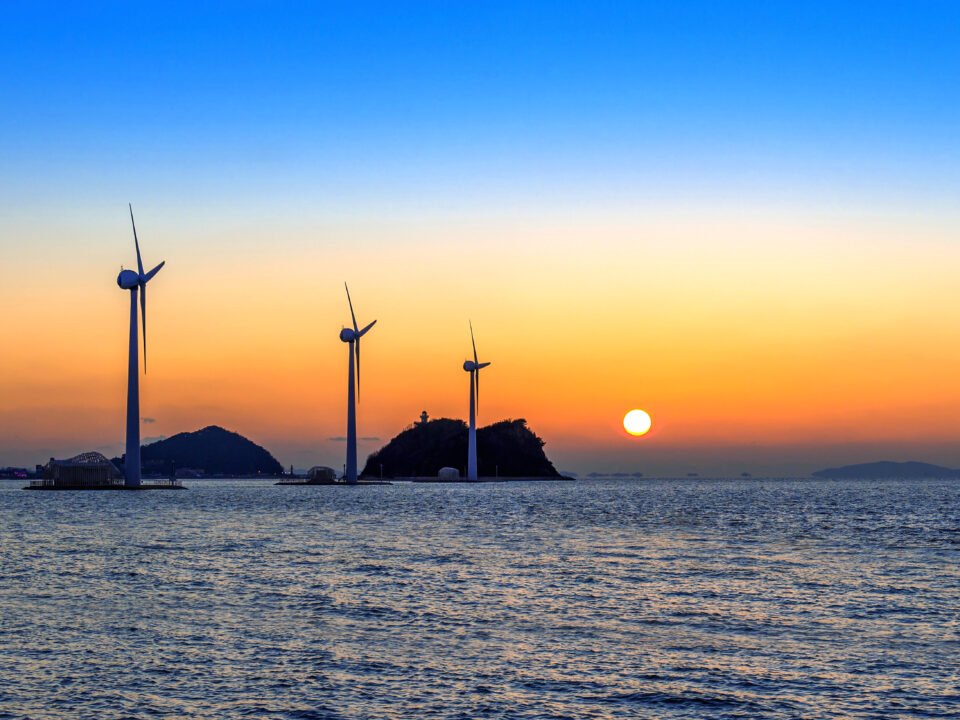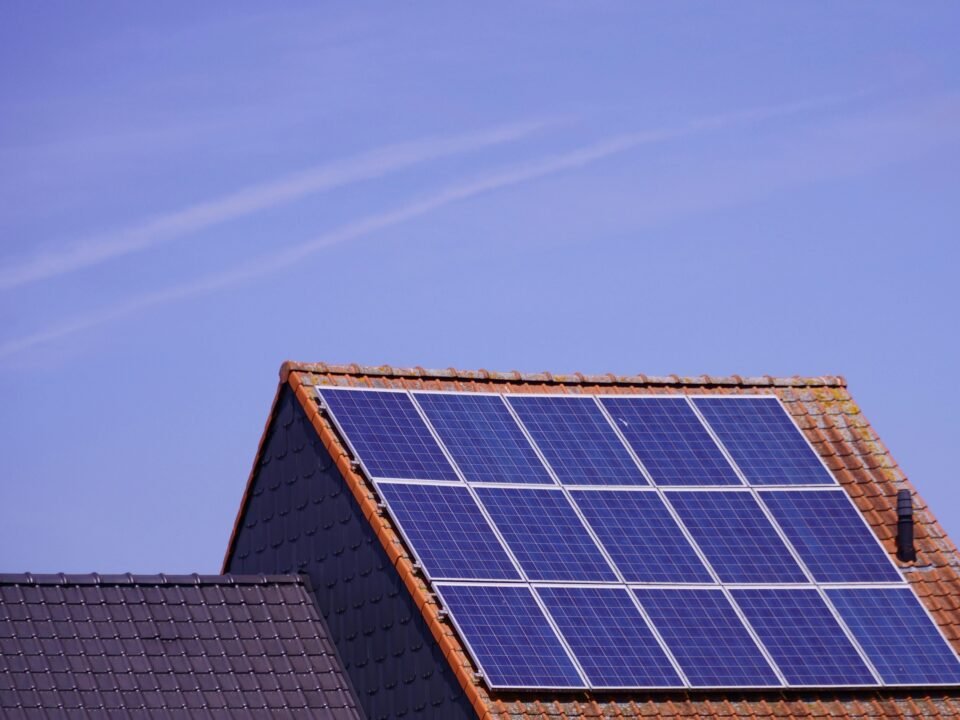Introduction
In a world where energy drives everything—from powering homes and industries to fueling transportation—finding the cheapest source of energy has become a top priority. As global demand continues to rise and environmental challenges intensify, both individuals and nations are looking for cost-effective, sustainable, and reliable power solutions. But what truly qualifies as the cheapest source of energy? Is it traditional fossil fuels, or have renewable options like solar and wind taken the lead?
In this blog, we will explore the various forms of energy, their costs, long-term benefits, and how modern innovations are redefining what it means to access affordable power in everyday life.
Understanding Energy Costs
The cost of energy depends on multiple factors—production, infrastructure, maintenance, and availability of natural resources. Traditionally, fossil fuels like coal and natural gas have dominated the market due to their established infrastructure and high energy output. However, the environmental costs and market volatility associated with these fuels have led to a global shift toward renewables.
Energy costs are often measured in terms of levelized cost of electricity (LCOE)—the average total cost to build and operate a power-generating asset over its lifetime, divided by the total energy output. According to recent global energy reports, renewables like solar and wind now offer the lowest LCOE, making them strong contenders for the title of the cheapest source of energy.
The Traditional Contenders: Fossil Fuels
1. Coal
cheapest source of energy Coal has long been considered one of the cheapest ways to generate electricity due to its abundance and low extraction cost. However, the environmental impact is massive—air pollution, greenhouse gas emissions, and ecosystem damage. Many countries are now phasing out coal in favor of cleaner and more cost-effective alternatives.
2. Natural Gas
Natural gas is more efficient and cleaner than coal, but its prices fluctuate heavily based on market supply and demand. Although it can be cheaper in the short term, geopolitical tensions and extraction challenges often lead to price spikes, making it less stable as the cheapest source of energy in the long run.
3. Oil
Oil remains critical for transportation and industry but is rarely used for electricity generation due to high costs. Its price volatility makes it unsuitable for defining modern, affordable energy systems.
The Modern Game-Changers: Renewable Energy Sources
1. Solar Energy: The Leading Contender
Solar power has emerged as the cheapest source of energy in many parts of the world. Thanks to advances in photovoltaic technology, large-scale solar farms, and reduced installation costs, solar energy prices have dropped by nearly 80% in the past decade.
- Advantages:
- Minimal operating costs after installation
- Abundant and renewable
- Zero emissions
- Scalable for homes, businesses, and industries
The sun provides more energy in an hour than the world consumes in a year, making solar power not just affordable but also sustainable and accessible. Countries like India, China, and the UAE are investing heavily in solar energy infrastructure to meet future demands at lower costs.
2. Wind Energy: Harnessing Nature’s Force
cheapest source of energy Wind energy is another leading contender for the cheapest source of energy. Onshore wind power, in particular, has become incredibly affordable due to improved turbine technology and efficient land usage. Offshore wind farms, though slightly costlier, provide high energy yields in coastal regions.
- Advantages:
- Low operational costs
- Renewable and clean
- Highly efficient in windy regions
In many regions, wind power is now cheaper than coal and natural gas, making it an essential part of the global transition toward affordable green energy.
3. Hydropower: The Reliable Classic
Hydropower is one of the oldest renewable energy sources and remains a cost-effective option where geography permits. Although the initial construction costs of dams are high, long-term energy generation is inexpensive and reliable.
However, environmental concerns such as habitat disruption and limited scalability in dry regions can restrict its growth as the cheapest source of energy worldwide.
4. Biomass Energy
Biomass uses organic materials like agricultural waste, wood, and animal manure to produce energy. While renewable, it is not as cheap as solar or wind due to collection and processing costs. However, it provides an excellent energy alternative for rural and agricultural areas.
5. Geothermal Energy
Geothermal energy offers continuous power output with minimal emissions, making it an efficient and clean energy source. However, its availability is geographically limited, as it depends on volcanic and tectonic activity zones. While cheap to operate, high drilling costs make it less globally scalable.
Comparing Costs: Fossil vs. Renewable Energy
| Energy Source | Average Cost (USD per MWh) | Sustainability | Scalability |
|---|---|---|---|
| Coal | $80 – $120 | Low | High |
| Natural Gas | $70 – $100 | Moderate | High |
| Solar PV | $20 – $40 | High | Very High |
| Wind (Onshore) | $30 – $50 | High | High |
| Hydropower | $40 – $80 | High | Moderate |
| Biomass | $60 – $110 | Moderate | Moderate |
From the above comparison, solar and wind energy stand out as the cheapest sources of energy in the current global energy landscape. Their rapidly declining costs, combined with government incentives and technological improvements, make them the most promising options for affordable, clean, and sustainable energy.
The Future of Cheap Energy
As innovation continues, hybrid renewable systems—combining solar, wind, and battery storage—are redefining the cost structure of global energy. The integration of smart grids, energy storage solutions, and artificial intelligence in power management further enhances efficiency, reducing overall costs.
In addition, developing countries are skipping fossil-fuel dependency altogether and moving straight toward renewable energy infrastructures, benefiting from long-term savings and environmental protection.
Challenges in Adopting the Cheapest Source of Energy
While renewable energy is affordable, several challenges remain:
- Intermittency: Solar and wind depend on weather conditions, requiring storage systems.
- Initial Setup Cost: Though declining, the upfront installation cost can still be high for households.
- Grid Infrastructure: Many regions lack modern grids to support renewable integration.
Addressing these issues through technological innovation and policy support will make the cheapest energy sources even more accessible and reliable.
Conclusion
The cheapest source of energy today is no longer fossil fuel—it’s renewable power, particularly solar and wind energy. These clean technologies have transformed the global energy landscape, offering not only cost savings but also sustainability and energy independence.
By investing in renewables, both individuals and nations can ensure a future powered by affordable, clean, and limitless energy. As the world continues to embrace this transition, the dream of universal access to cheap and sustainable power is becoming a reality.



